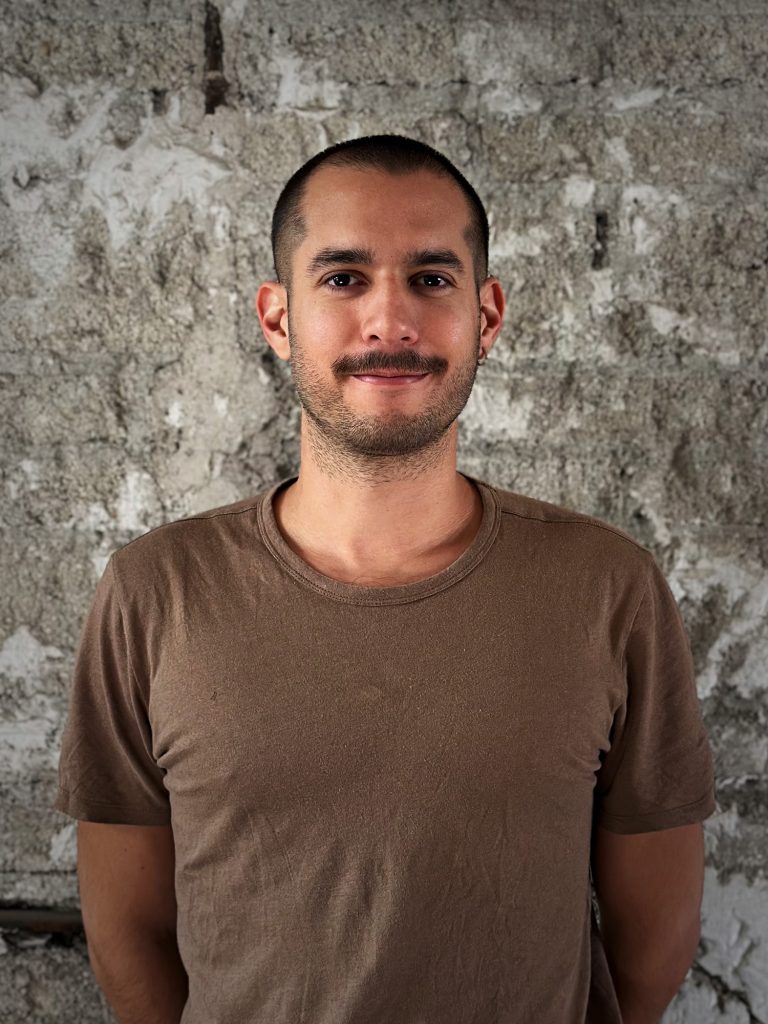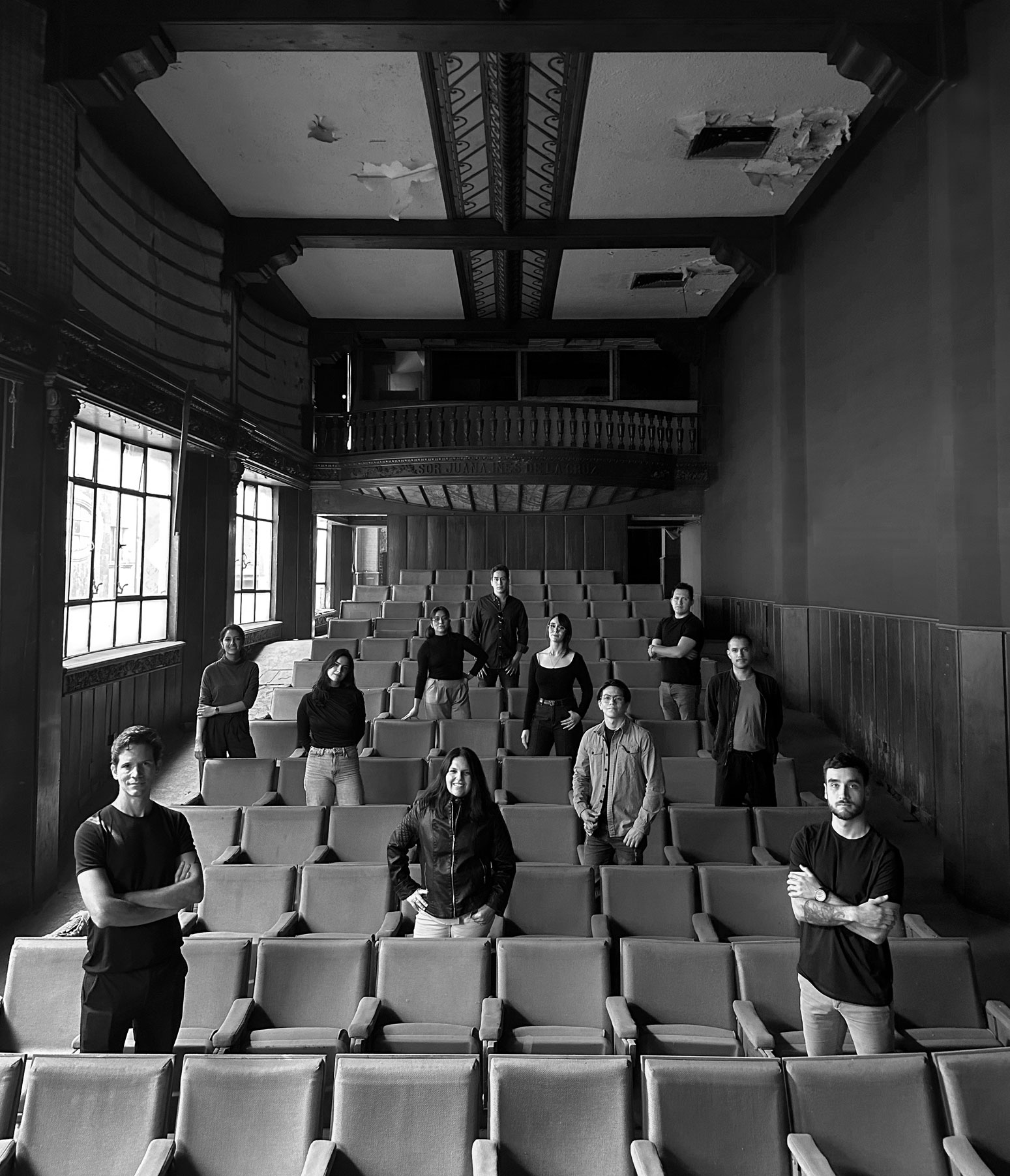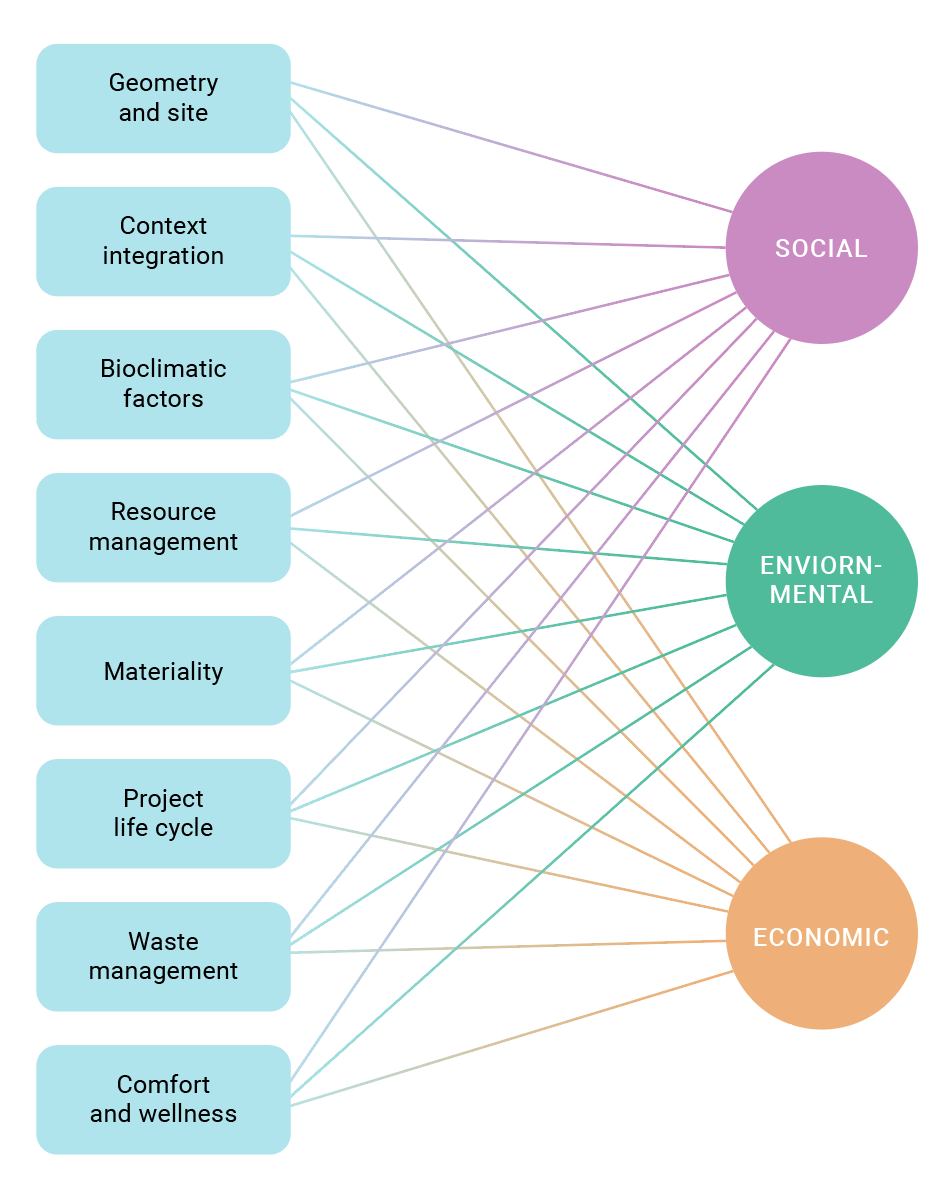

ABOUT THE AUTHOR
Jesús Amezcua Escudero Architect, Creative Design Coordinator.
“I believe in the importance of the user as the protagonist of the space, who hand in hand with design transforms his environment through his experience, appropriating it and giving it different meanings. This generates projects with endless possibilities and in constant evolution.”
Here at Cafeína Design, as professional members who practice architectural and urban design, we have set ourselves the goal of always generating innovative, positive and human spaces. However, in the architecture, engineering, and construction sectors, we have been surrounded and exposed to unethical practices by third parties, before which we must demonstrate a stoic posture in defense of our values.
The reality is that the sector is easily corruptible, the lack of transparency in decision-making processes and the prioritization of economic interests over social and environmental ones, have led worldwide to unethical practices in the design of buildings and public spaces. For example, the design of buildings without considering accessibility for people with disabilities or the construction in protected natural areas.
This is why we consider that is vitally important to create a code of ethics focused on design that adheres to our values and principles as architects while guiding us throughout the design process.
This concept of ethics in design translates into conscious and responsible decision-making that takes into account the social, environmental and economic impacts of the projects we develop. And for this reason, we also consider it as a work in constant review and evolution, which will allow us to adapt to the new needs and problems that arise over time in our field.

Cafeina Design Sustainability Model (CDSM)
This code of ethics besides reflecting our values must integrate environmental, social, economic and technological aspects, which is why we have developed a design process supported by the Cafeina Design Sustainability Model (CDSM) that allows us to incorporate valuable information for decision making more practically. The “CDSM” is an integral work model created by Cafeina Design, which seeks to act as a guide that leads each of our projects, it dictates the necessary actions to be taken into account to develop sustainable projects.
CDSM was created considering the qualification categories used by the different certification systems that have been world references for sustainable buildings such as LEED, BREEAM, Green, and DGNB, among others, and the 3 essential pillars of sustainable development exposed in the “Brundtland Report”.
On this basis, it is a proposed method to approach all projects from three spheres: social-human, environmental and economic.
Social-human sphere:
Understanding the purpose and benefit that the project will provide to the original inhabitants of the environment. By adequately addressing social equity through the equitable distribution of public services and spaces, the promotion of affordable housing construction, and the preservation of historic and culturally significant neighbourhoods. And by achieving well-being through harmony with the environment.
Environmental sphere:
Reducing the degradation of natural resources and promoting sustainable land use. Encouraging an adequate density and a mix of uses, to generate greater accessibility to services and less destruction of the existing natural context. Facilitating the construction of buildings and homes with high standards of energy efficiency.
Economic sphere:
Detonating economic benefits for community members. Seeking the best balance of costs and benefits to generate financially viable projects. Making the most of the latest technological tools available, this allows us to minimize errors and reduce construction costs, as well as evaluate and measure the process to monitor the project.

Code of Ethics
From these three spheres, we propose the following points that will direct our code of ethics for architectural and urban design:
1. Respect for the environment
All projects must consider reducing environmental impact and promoting sustainability through the use of renewable energy and environmentally friendly materials. This includes the use of sustainable building techniques, bioclimatic design and the incorporation of green spaces.
2. Accessibility and social inclusion
Architecture must be accessible to all people, regardless of their physical ability. This includes removing dispensable physical barriers, using accessible technology, and designing public and community spaces.
3. Economic responsibility
All projects must be financially viable and seek a balance between costs and benefits for stakeholders.
4. Social responsibility
The design must take into account the needs and desires of the community and be responsible for the social consequences of the construction and use of the building or urban space. This includes designing buildings and spaces that promote social interaction and safety.
5. Respect for history and culture
The design must respect the history and culture of the place, avoiding the destruction of cultural and architectural heritage, as well as the uses and customs of the inhabitants of the place to intervene.
6. Technological innovation
All projects must be innovative in the use of technology and materials, and design processes, seeking to improve energy efficiency and the quality of life of users.
7. Energy efficiency
The design must be efficient in the use of energy, promoting the reduction of polluting emissions and the use of available resources. This is achieved through a design process that includes various analyses and sustainability strategies integrated into the project from the beginning of the design to operation and maintenance.
Want to know more about this topic?
Contact us
